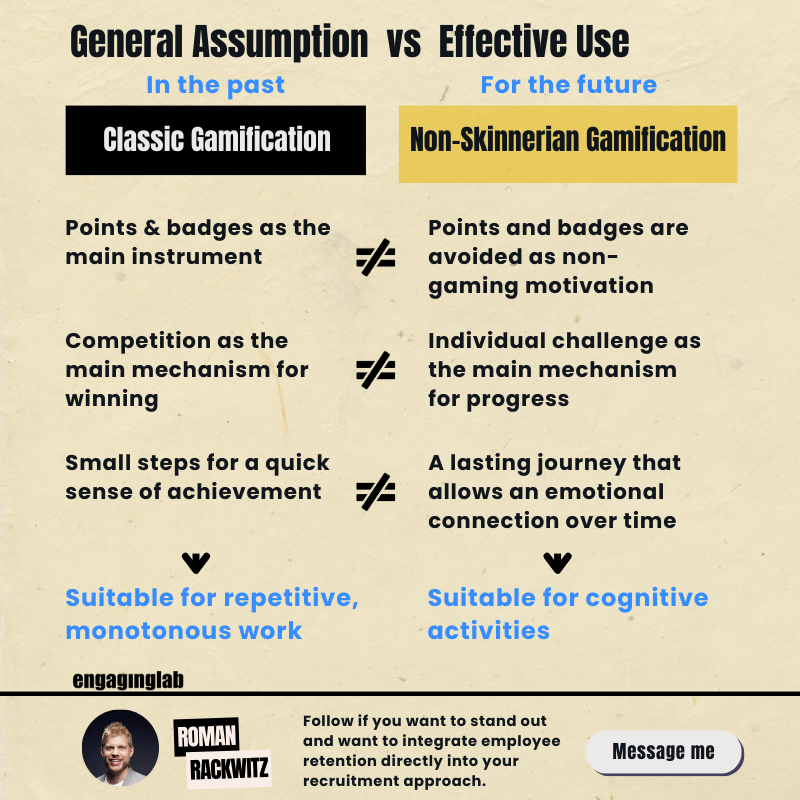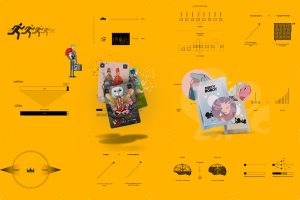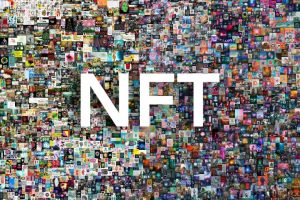In today's fast-paced digital landscape, the integration of Artificial Intelligence (AI) into gamification design is changing the way we interact with technology. This article looks at hyper-personalisation with AI and dynamic user journeys in gamification and highlights my key learnings.
Introduction to AI in gamification design
Instead of relying on traditional step-by-step instructions, AI enables a more intuitive and dynamic experience where the technology seamlessly adapts to the user's goals. This shift is critical to creating more engaging and customised user experiences, which are essential in today's digital world.
AI can revolutionise gamification design and usher in a new era of feasible personalisation.
Hyper-personalisation in gamification design
In our rapidly evolving digital ecosystem, personalisation is no longer a luxury but a necessity. AI-driven gamification design brings hyper-personalisation to the forefront, offering dynamic experiences tailored to the individual needs of each user.
Customising content, tonality, user journeys and layouts to the individual user increases the likelihood of engagement and loyalty. By utilising AI, gamification designers can create interactions that resonate personally with users, ensuring that each touchpoint increases satisfaction and fosters long-term relationships.
Important points:
- The importance of personalisation: In a world where users crave unique experiences, personalisation sets brands apart by catering to individual preferences and behaviours.
- Customisation to the individual user: The customisation of content, tonality, user guidance and layouts leads to higher engagement and loyalty, as users feel understood and valued.
- Promote engagement and loyalty: Personalised experiences increase user interactions, foster long-term relationships and improve conversions and customer satisfaction.
Hyper-personalisation with the help of AI is the future of gamification design and offers a previously unimaginable level of individualisation. With dynamic user journeys, intent-based interactions and AI-driven patterns, managers can take digital experiences to a new level.
AI as an enabler of intention-orientated interactions
For the first time, AI is efficiently enabling an era of intention-orientated interaction. This change marks a significant shift away from traditional command-based approaches towards a more intuitive and human-centred model.
For gamification design, this transition represents a profound change. Instead of explicit user commands, the AI interprets the user's intent and executes tasks accordingly, streamlining the experience and making interactions more natural and efficient.

Design for hyper-personalisation with AI
Designing hyper-personalised experiences in gamification requires overcoming both challenges and opportunities. AI in gamification design paves the way for dynamic user journeys, intent-based interactions and innovative design patterns.
Transparency and trust are crucial in AI-supported interactions. Users must be able to trust that AI is working in their interests and that their data and preferences will be treated with care and respect.
The ability to deliver seamless user experiences also requires a move away from rigid, linear flows towards more flexible, intuitive experiences that adapt to individual nuances in real time. This shift towards hyper-personalisation means that narratives and rules need to be created by the gamification designer that allow the AI to respond dynamically (& yet purposefully) to the needs of each user.
AI in gamification design is a milestone on the way to a more human-centred approach, in which it finally seems possible to do without the otherwise so classic (but also so limiting) means of extrinsic motivators in an efficient way.
The experimentation phase: adopting dynamic gamification patterns
Experimentation in gamification design is the key to discovering captivating solutions that cater to the advancing user.
Dynamic user journeys are the future of gamification, which are only made possible by such hyper-personalised, targeted and engaging experiences. Guided by AI, these journeys adapt to individual contexts and goals and offer customised experiences. Even in a mass market environment.
Linear Journeys (the past)
In the early days of gamification, it was primarily linear processes and journeys that offered both users and gamification designers an easy-to-understand structure, especially for sequential tasks. Their strength lay in their simplicity, orientation, predictability and easy feedback in the form of rewards. Clear, straightforward journeys eliminate confusion and help users achieve their goals. They also allow designers to easily predict what will happen next. These clear, predictable steps translate easily into features, making them simple to create.
Limitations of linear journeys
Genuine personalisation, a biological necessity of gamification, struggles with the limitations of previous linear implementations. Linear journeys naturally have difficulties responding to individual preferences, behaviours and contexts.
Switch to the meta level
Today's digital environment requires a more customisable and individual approach. Linear journeys should be considered at most as a meta-level of user interaction with a gamification design.
For example, a linear customer journey (AIDA) can include dynamic elements in these steps. Each user thus experiences a journey that unfolds in front of them over time, based on their own decisions. All of this ensures a personalised experience while still following the linear path of the funnel, the POS guidance, the webshop, AIDA. The development towards dynamic, AI-supported gamification thus promises the freedom to bring together efficiency and consistent human-centred design for the first time.
Why is this important?
Because it makes intrinsically motivating activities more realistic. By adapting to the unique preferences, behaviours and contexts of each user, gamification becomes more intuitive and understandable. Imagine that gamification design works like a GPS: It adapts to changes in real time and focus on following the user's ability (e.g. as dictated by the flow experience) rather than following the most direct path to the outcome. "After all, nobody wants to be nudged into the solution of their favourite game."
Linear journeys provide structure, but dynamic journeys respond to your individual needs, creating the difference between a reward programme and a self-motivated hobby, for example.
Roman Rackwitz
Curious for more? Discover gamification in depth!
If you would like to learn more about the fascinating world of gamification, we invite you to explore our extensive resources. Whether you're interested in a masterclass, webinars, email series or online courses, we've got you covered.
➡️ Find out more and get started
Dive deeper and let us accompany you on your way to mastering gamification.



